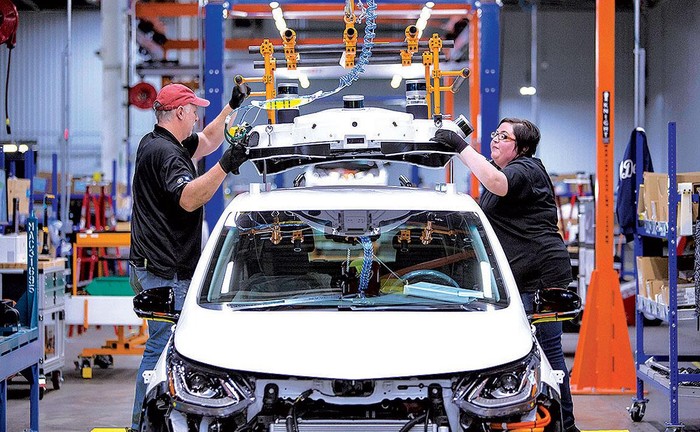
GM Cruise cars struggling to detect pedestrians?
Insiders suggest the company may be far behind apparent leader Waymo.
General Motors' Cruise division is reportedly struggling to refine its autonomous driving software, raising doubts that the company will meet its 2019 launch target for public service.
Current and former Cruise employees tell Reuters the company's autonomous driving platform is still failing to recognize pedestrians and has difficulty determining whether objects on the road are stationary or moving.
In practice, the deficiencies allegedly make the autonomous Chevrolet Bolts behave erratically and hesitate or stop when passing by parked motorcycles and bicycles.
Sources also suggest Cruise has used open-source robotics software that creates an excessive delay between sensor inputs and autonomous maneuvers.
"Early in development I'm sure there were phases where we were putting systems together where they didn't meet the requirements we needed for launch, and that's part of the testing and development process," Cruise CEO Kyle Vogt said in a response to the report. "Safety is our measure for launching, and so we certainly will (resolve that) by the time we will release cars on the road without drivers."
A report circulating earlier this year claimed Cruise is still a decade away from bringing a viable product to market. The company has allegedly blacklisted some streets and intersections that cause trouble, adding up to 20 minutes to a trip compared to a human driving a more logical route.
Vogt's latest comments admit that a group of 10 engineers can "bolt a bunch of sensors onto a car" and "get it to drive around the block," but a commercial product is "about 10,000 times harder."
Cruise has been viewed as one of the leading autonomous development companies. The latest report provides more evidence that the company -- and other initiatives spearheaded by established automakers -- may be far behind apparent leader Waymo.